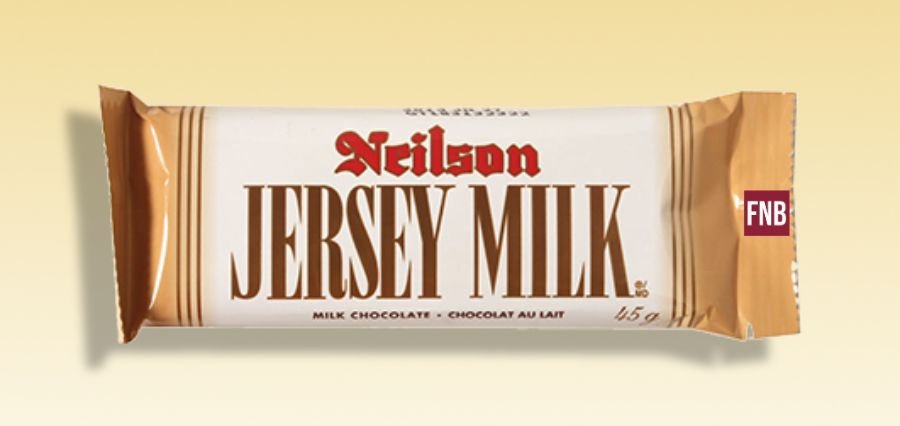Prime Highlights
- Mondelez Canada stops making the Jersey Milk chocolate bar symbol because of sluggish customer demand.
- The move is as part of a portfolio review plan; there are no positions to be lost due to the phased-out process.
Key Facts
- Jersey Milk was first introduced in 1924 and is a symbol of Canadian confections.
- Product market share tumbled throughout the decades as consumers turned to more mass-market brands.
Key Background
The ubiquitous Jersey Milk chocolate bar, Canadian candy icon nearly a century in development, has officially been discontinued by Mondelez Canada. The firm reported that the move was made after a careful review of its product line based on “declining consumer demand” as the main reason for discontinuation. The popularity of alternative pure milk bars like Cadbury Dairy Milk just continued to increase year after year, wither away the consumer interest of former favorite Jersey Milk.
Originally launched in 1924 by William Neilson Ltd., Jersey Milk was a generations-old-fashioned favorite. However, this past aside, on-shelf presence of the product plummeted in recent years, relegated primarily to holiday-size fun packs or intermittently on store shelves. Retail availability of the chocolate bar failed to keep pace with evolving consumer preferences and greater accessible choices among the broader range of Cadbury brands.
Mondelez, which makes Cadbury in downtown Toronto with about 400 employees, stressed that there would be no loss of jobs as a result of Jersey Milk’s cancellation. The plant will still operate but with a greater emphasis on making more popular products. All this forms part of Mondelez’s long-term plan to streamline its portfolio by concentrating on healthy-performing brands in Canada.
While Jersey Milk’s demise marks the passing of an era of Canadian candy, Mondelez’s move is part of general industry trends—where older brands are scrapped to align them with current consumer needs and operational efficiency issues. For Canadians, it will be a step back in time, but also demonstrate how far much-loved brands must go to change or disappear in a growing competitive chocolate market.






